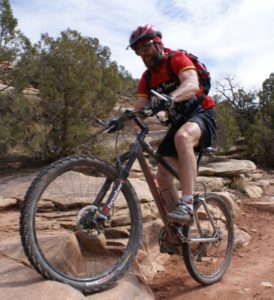Morning Weigh-in: 188.0#, 14.0% BF (I’m still convinced that my actual body fat percentage is much higher…)
This weekend was like being shot out of a cannon.
On Saturday we hosted Sarah A’s 40th birthday party, which was basically about 40 people, including maybe a dozen kids — actual children, that is, not twenty-somethings. We got up early and I started the outdoor oven — we would be making pizza for the party — then we cleaned the house, got in some supplies and, with some help from Sarah’s parents and Mark, decorated for the party. The party itself started at 4:00, we cooked the pizza around 6:00, which was awesome but just a drop in the ocean of food we had on hand, and those burdened by kids (including grandparents on babysitter duty) all left by around 8:00. The rest of the party was smaller, and less intense with the kids gone, but things didn’t wind down until around 1:00.
Sunday should been a later morning than it was, but Anne was going to meet Ben and Renee at Lake Nockamixon for some ice skating — I dislike skating, but I could go for a hike while they were on the ice. Unfortunately, when I went to warm the car up, it wouldn’t turn over… Call AAA, change the plans a bit: Renee picked up Anne while I stayed to deal with the car. The same mechanics came out as for the last car problem two years ago, and they got lost again on the way. They jumped the car and it started up, I ran it for an hour to give the battery some juice, and we were golden but it’s going in for a battery check tomorrow.
In the afternoon we went to Stroudsburg High School, to see Anne’s teacher do a violin concerto with the Pocono Community Orchestra. We went up (in our car, which added some excitement) with Jeff and Krista, and got there way early so we explored downtown Stroudsburg for a bit (OK, we found a bar), then saw the concert, which was awesome — the orchestra was OK, but Mike was incredible.
We stayed in last night, and were in bed by 10:00. Unfortunately, I must have pulled something in my upper back or neck, and could not get comfortable — this is the same back issue I’ve had before, by the way. I finally found a halfway comfortable position, but it was not what I’m used to and I woke up with vertigo — remember that? Ugh…
I’ve made a big decision though, and today I will be putting the bike up on the trainer. I’ll try to maybe get in a half hour of moderate spin every day, enough to keep me from falling apart — it’s just been too cold lately, and now it’s about to warm up and become mucky; it’s time to train indoors for a while.
